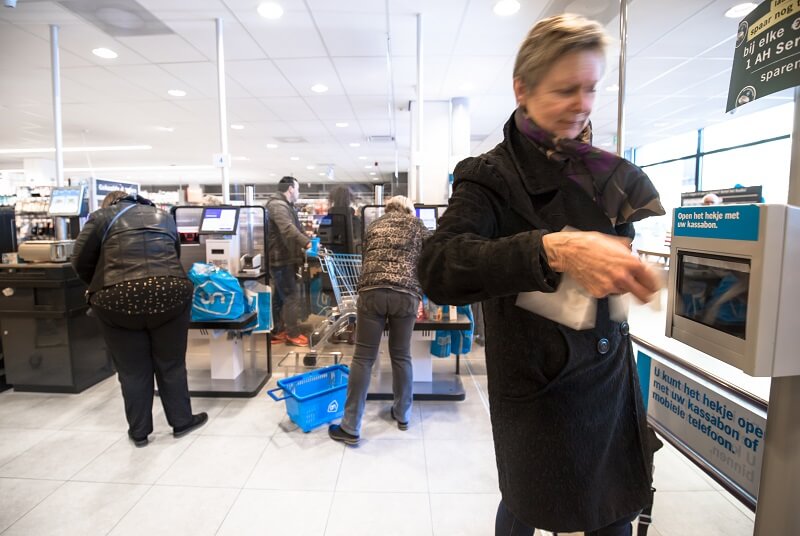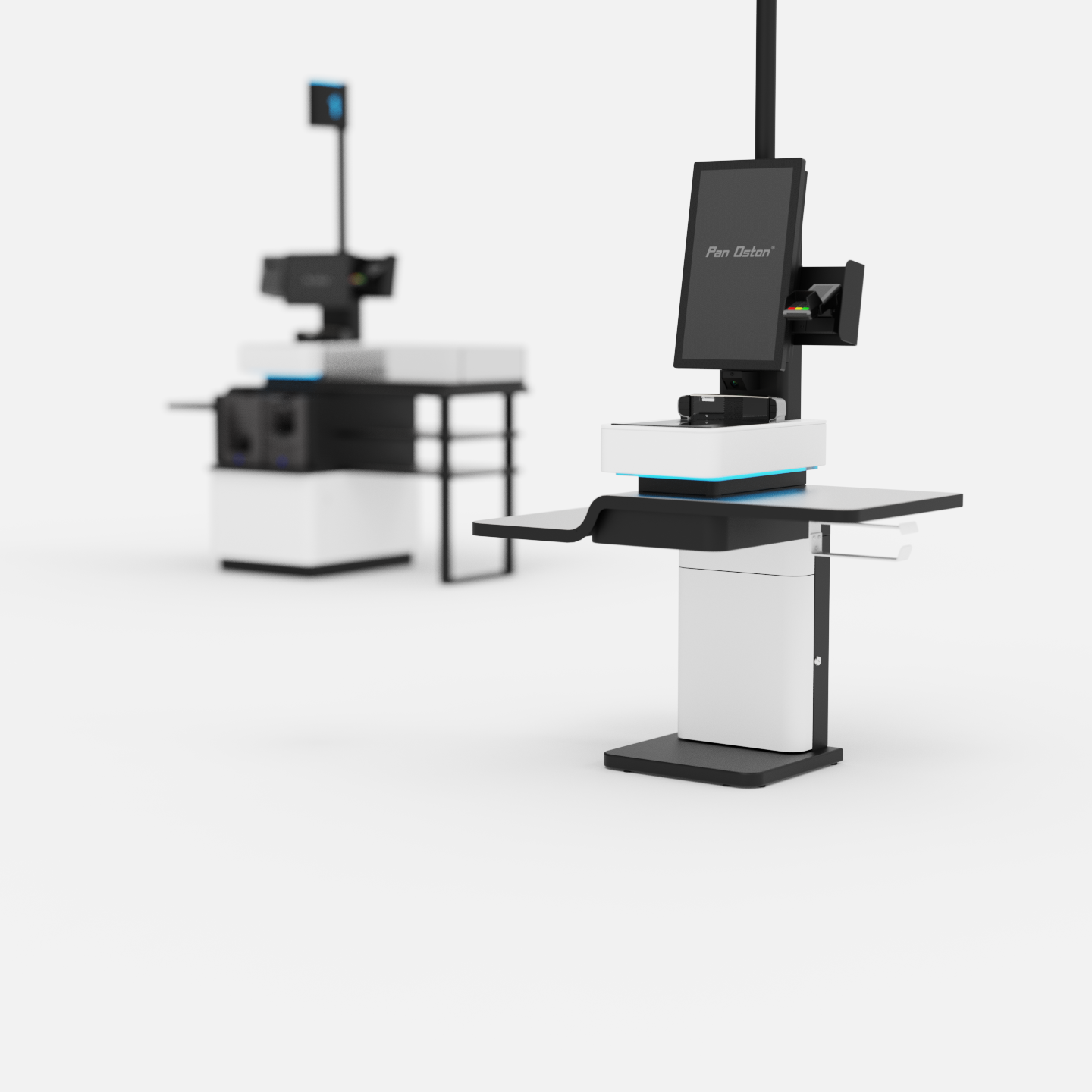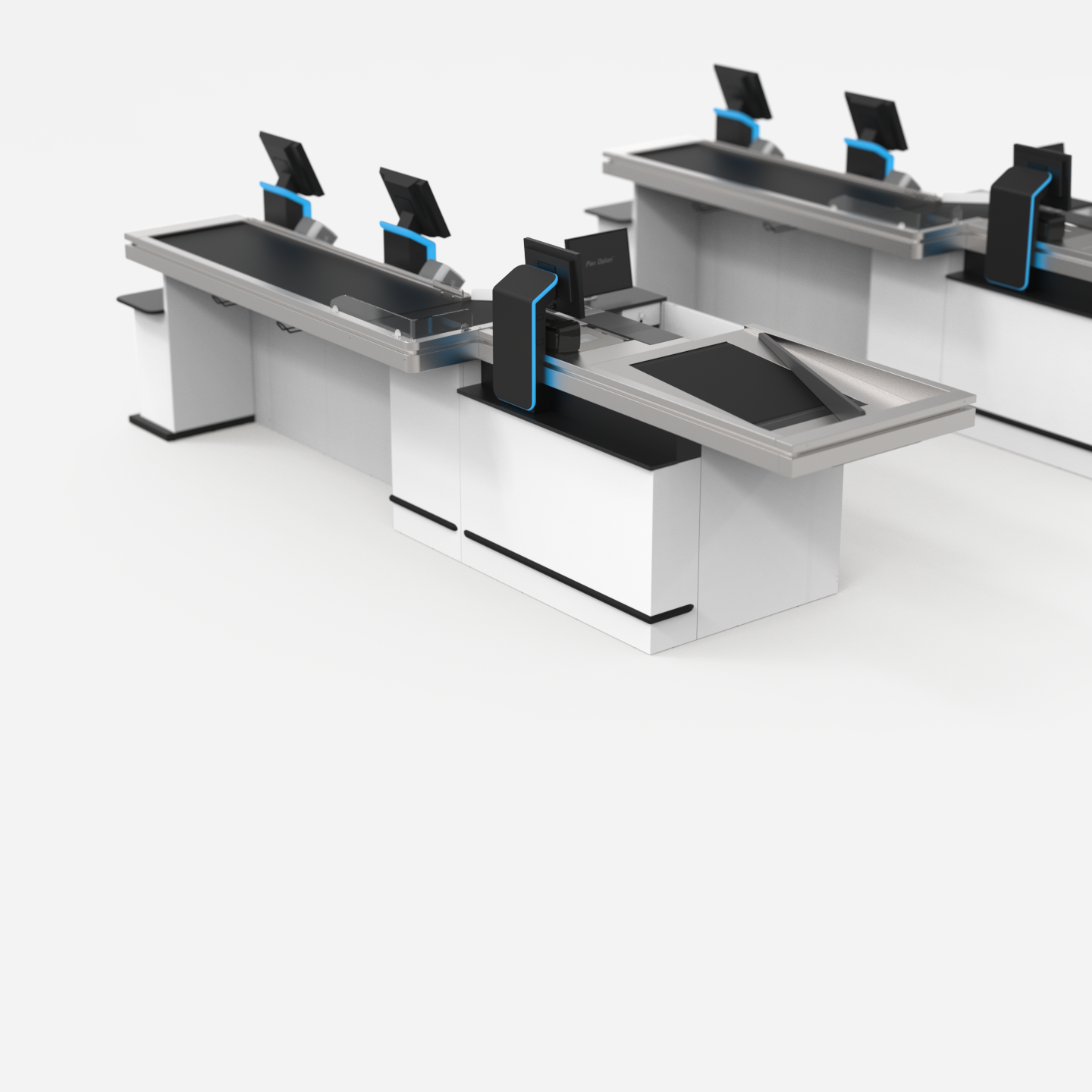HOW TO PREVENT THEFT AT SELF-CHECKOUTS
17 feb 2022At Pan Oston, our aim is to provide innovative and realistic checkout, transaction, information and receiving solutions. One of these solutions is the well-known self-checkout, also known as the self-scanning checkout. You will come across this checkout in a large number of supermarkets. Customers can scan and pay for their shopping themselves, without the assistance of a cashier. The self-checkout has many advantages, and many customers like to use it. However, implementing a self-service checkout also has a disadvantage: the chance of losses is increased. Loss is not a new problem for retailers, but the loss problem has changed with the rise of self-checkout. In a self-checkout, not the cashier but the customer is fully responsible for the checkout process. Pan Oston and UT student Judith Ditscherlein have been working on a solution to this problem.
Higher loss with SCO?
So, what exactly is shrinkage? There are many different definitions of losses, but Pan Oston uses the following definition: together with waste, stock losses and cash losses, losses are part of the total loss of a retailer or shop owner. It can also be defined as part of the total loss caused by theft and errors in the checkout process. Loss can occur in two ways: through conscious and unconscious errors. When customers forget to scan products or scan them incorrectly or twice, it is a case of unconscious error. However, when customers or shoplifters make a plan by swapping products or barcodes or failing to pay, it is a case of deliberate error and, therefore, shoplifting.
Why is shrinkage a problem?
In a Dutch supermarket without self-checkouts, the loss rate is about 1.15% of annual turnover. When a supermarket does have self-checkouts, this percentage increases by 0.01% point per 1% use of the checkout. Checkout usage refers to the number of transactions per checkout in relation to the total number of transactions in the shop.
This may sound a bit abstract. Therefore, we have an example for you:
Imagine, the turnover of a Dutch supermarket is €6,000,000 per year. This means that the loss of sales for the supermarket without self-checkouts would be €69,000 per year. However, after implementing self-checkouts, the loss would be €81,000 per year.
How do supermarkets prevent losses?
These percentages and fictitious amounts show how important it is to reduce losses at self-service checkouts. But what are supermarkets already doing to combat this problem? Pan Oston recommends always ensuring that a host is present at the self-checkouts to prevent conscious and unconscious errors. This host can help customers with questions and supervise all self-checkouts. In addition, a security camera films the checkout area with self-service checkouts so that the footage of suspicious customers can be reviewed later on. Another (emerging) solution is the use of scales that, for example, weigh the start and end weight of a shopping basket during the checkout process. Finally, supermarkets also use re-scans or audits to check customers. The host or cashier then randomly checks whether the customer has scanned all products.

Less theft through better sightlines
Supermarkets have already developed a number of methods to combat losses. Despite this, the solution has not yet been found. The existing solutions disrupt the customer journey or make honest customers feel that they are being unfairly accused. What, then, is a good solution that leaves the customer journey and the customer's trust unscathed? Judith Ditscherlein researched the shrinkage problem for Pan Oston and suggests that reducing provocation can be a first step towards a solution. Improving the lines of sight between the customer and the host of the checkout area makes it more difficult for shoplifters to avoid scanning a product deliberately. Therefore, it is more challenging to attempt a shoplift when a host has a direct line of sight to the customer.


.jpg)

.jpg)